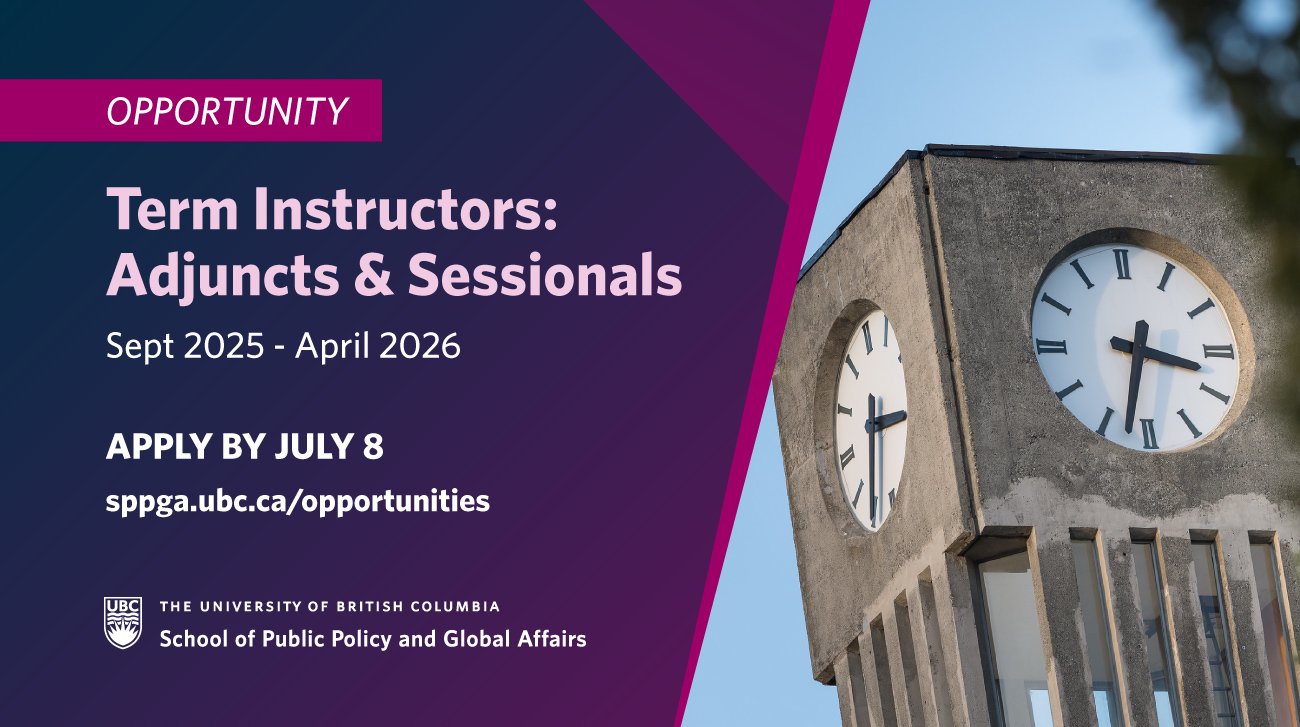Dr. Jocelyn Fraser, Post-Doctoral Research Fellow, SPPGA
Ms. Bulgan Batdorj, Research Assistant, NBK Institute of Mining Engineering
Dr. Nadja Kunz, Assistant Professor, SPPGA and NBK Institute of Mining Engineering
For generations the Gobi Desert of Mongolia has been home to nomads and their herds of sheep, goats, camels and horses. In the late 1990s with the passage of the Mongolian Minerals Law, the region came onto the radar of global mineral exploration and mining sector and in 2010, with the start of construction at Oyu Tolgoi, the Gobi became home to one of the largest copper mines in the world. Today, mining has come to represent over a fifth of the economy and nearly 90% of export revenues in Mongolia.
In order for mining to be economically sustainable, new resources must be identified and environmental and social benefits must be tangible. Private companies drive the world’s high risk-high reward search for new sources of minerals and technologies to identify, extract, and process them, including many enterprises from Canada. To investigate how mineral exploration companies could maximize the benefits of resource development for host nations and affected communities, a team from the University of British Columbia (UBC) undertook a research project in Mongolia. The study focussed on the activities of a Canadian company, Erdene Resource Development Corporation, and its exploration projects in the southwest Gobi.
The research tested whether the extractive sector might be able to secure more sustainable outcomes for both companies and their stakeholders by finding ways to create and share value. The early mine life cycle, at exploration, was selected for two reasons.
First, exploration is the time when communities have first contact with prospective miners. These first impressions can make or break trust – a critical attribute for negotiating company-community relationships. In addition, if a minable resource is discovered and mineral exploration moves to mine design, decisions are taken about the infrastructure that have the potential to affect neighbouring communities.
The second reason the exploration stage is of particular interest is due to an apparent paradox: how can exploration companies, with no operating income and high dependence upon equity capital, justify investments of time and money in community relations? Especially when the chances of finding a mineable deposit are perhaps one in a thousand?
The mixed methods research study concludes that exploration companies can be positioned to create and share value for the communities in which they operate. Erdene is recognized for its community engagement efforts. The company’s success is attributed to four key factors:
- A clear vision on the importance of sustainable development
- Business strategy to drive sustainable outcomes.
- A commitment to build healthy, resilient relationships with stakeholders; and
- A focus on people to ensure that benefits from exploration and mining projects accrue to all and that company people have good community engagement skills
To learn more about the research methods and findings, please click here to read the full report:
Creating and Sharing Value with Communities in the Early Mine Life-Cycle: The Case Of Erdene Resource Development Corporation In Mongolia


